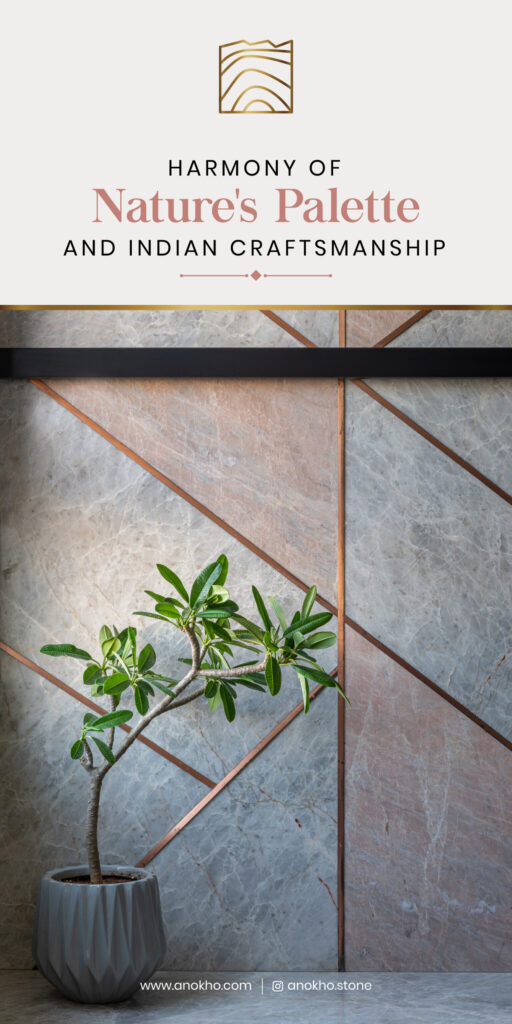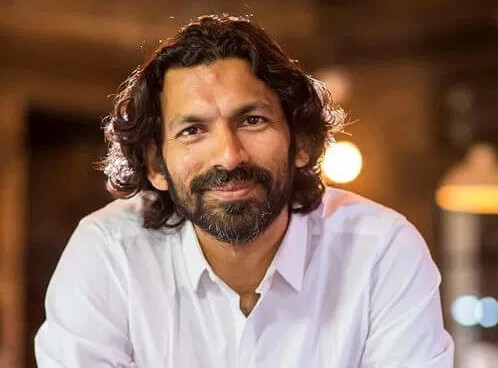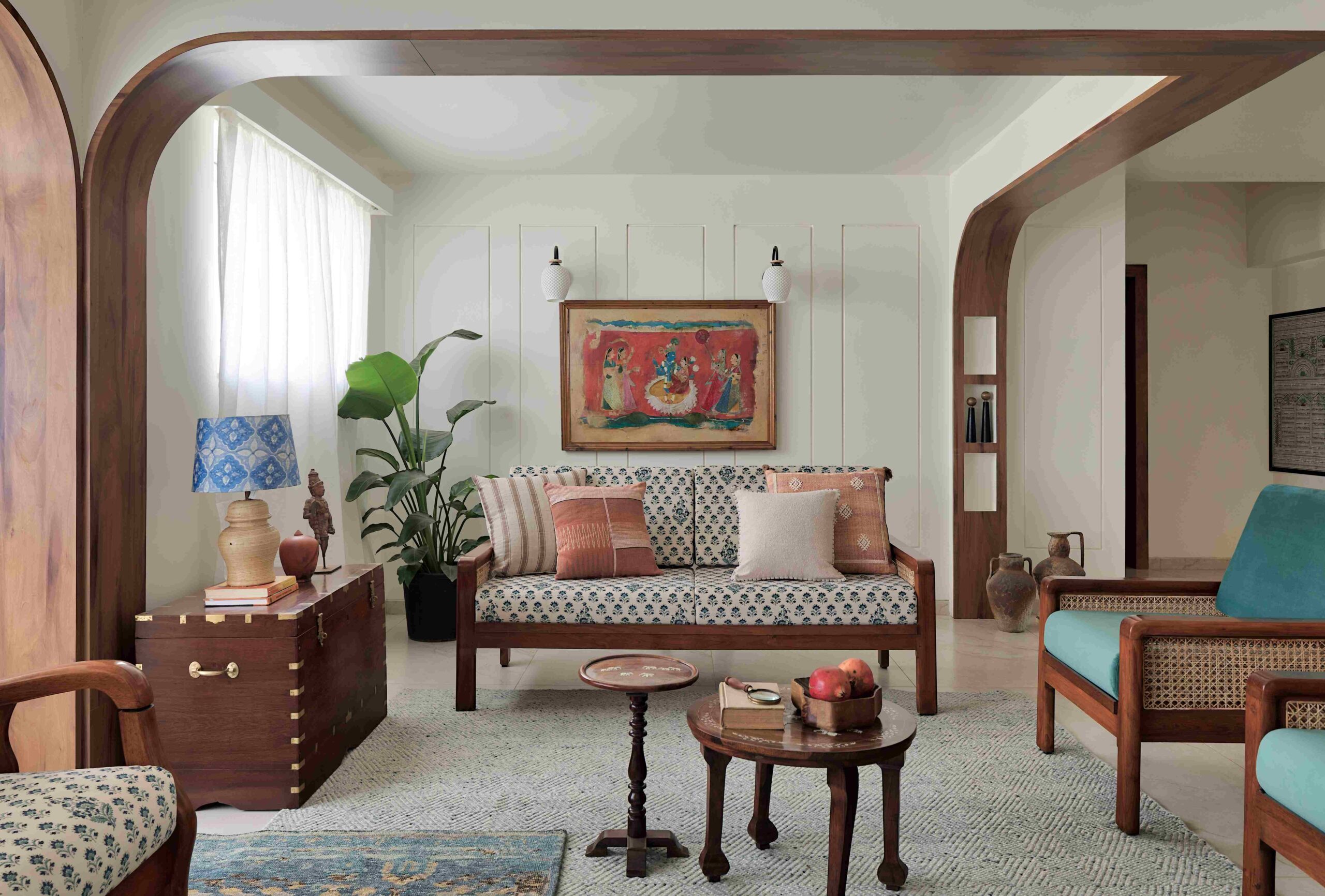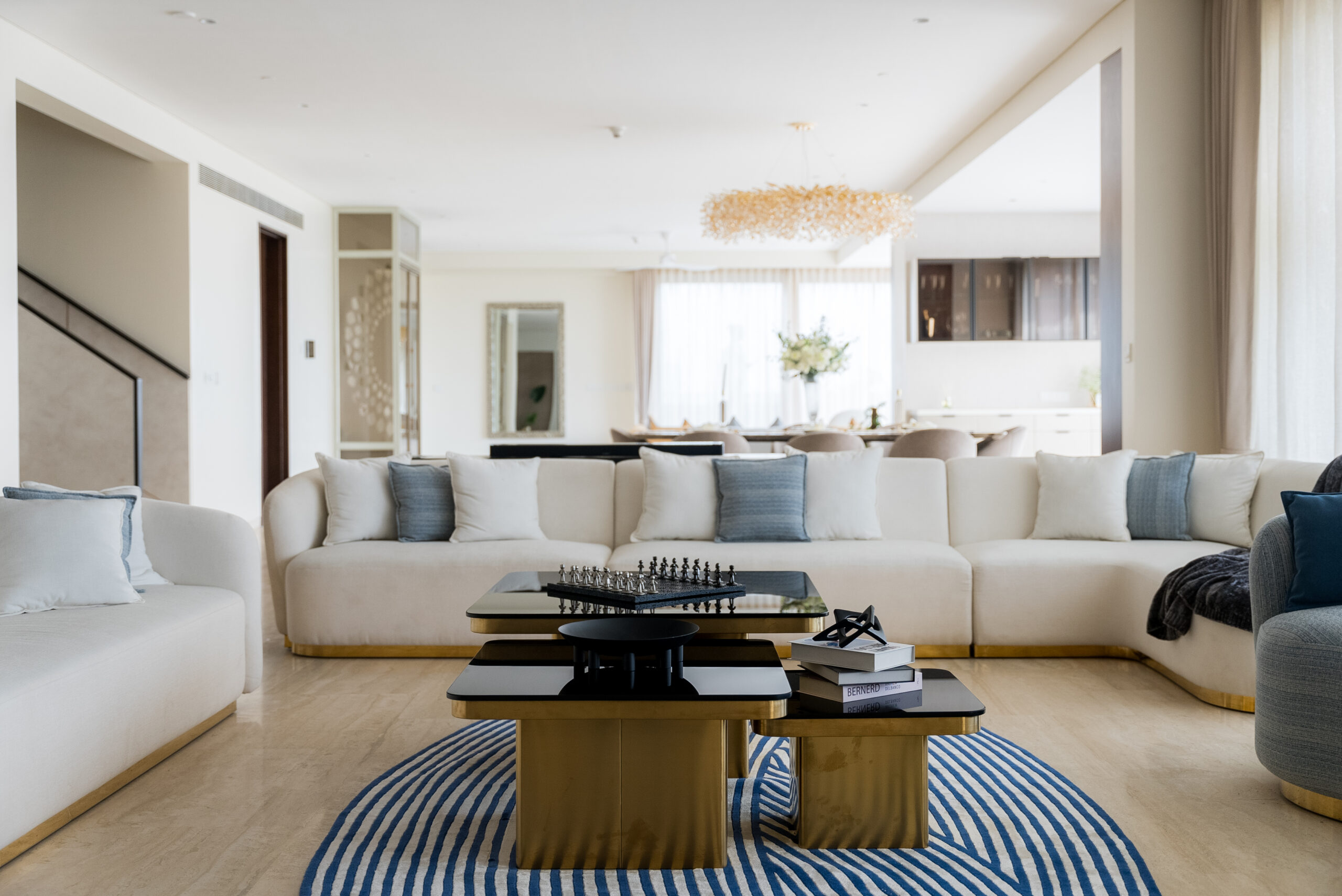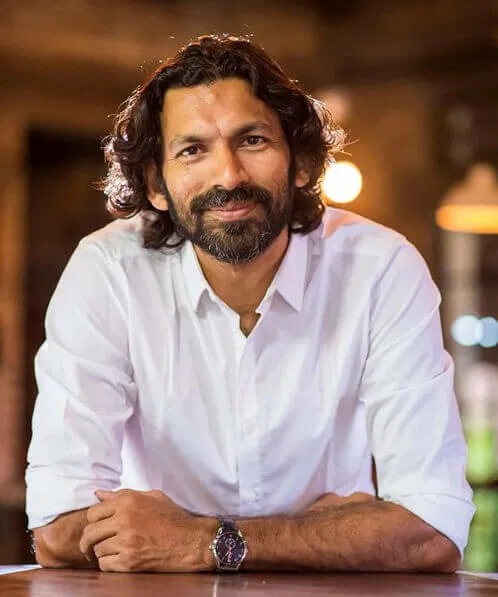
It all began with a building. Or maybe earlier- on long, sun-drenched afternoons in Goa, spent in the old family homes of Panjim and Anjuna. The walls were thick with history, the wood worn soft with time. And while architect Raya Shankhwalker didn’t set out with a firm plan to design such evocative spaces, one thing is clear: emotional connection drives his design far more than surface beauty.
What first struck me about Raya’s work wasn’t grandeur but restraint. A quiet confidence. His projects don’t scream. They linger. They breathe. They remember.
The Rice Mill: Restoring a Sound
One of those memories is The Rice Mill, a building from the 1950s that Raya stumbled upon by chance. No plans, no blueprints, just an instinctive pull. “You plan it. You study the site. You check the construction quality, the facilities. You also compare other properties. And if you must, you draw. Then you build,” he tells me with a smile. But this time, he followed with a hunch.
The old rice mill had been silent for years. But Raya saw something in it: a piece of Goa’s identity at risk of disappearing. “Buildings like these hold Goa’s cultural identity. They vanish when no one is looking and I wanted to keep this one alive.” Using salvaged timber, reassembled Mangalore tiles, restored weighing scales and Indian Patent Stone floors, Raya transformed it into a warm, welcoming café. “It was about giving a purpose to a building that had lost its way with time,” he explains.
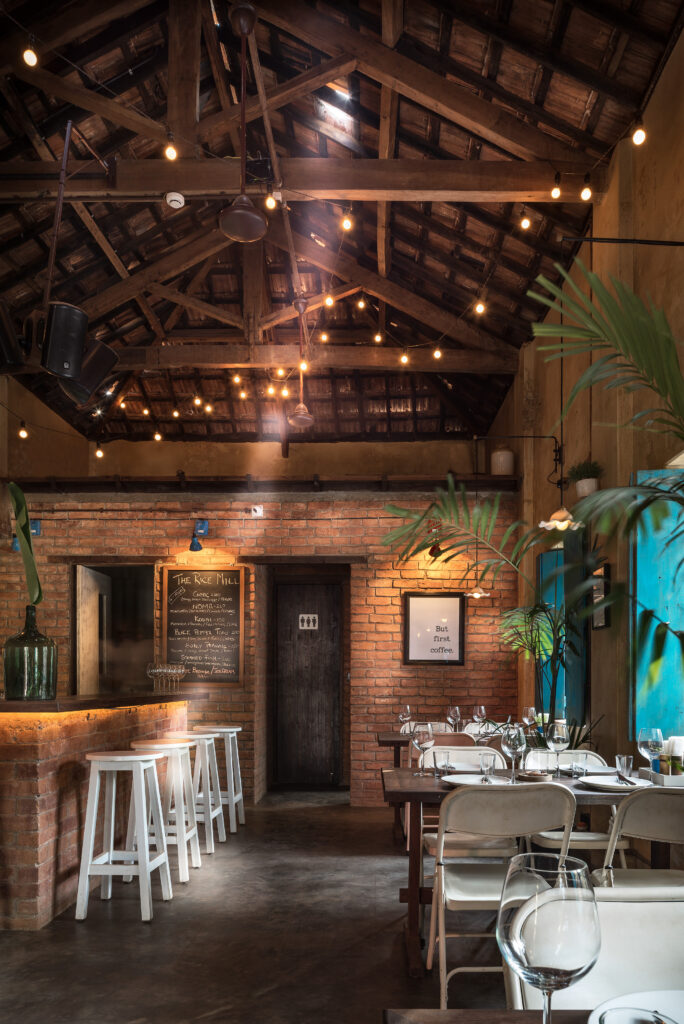
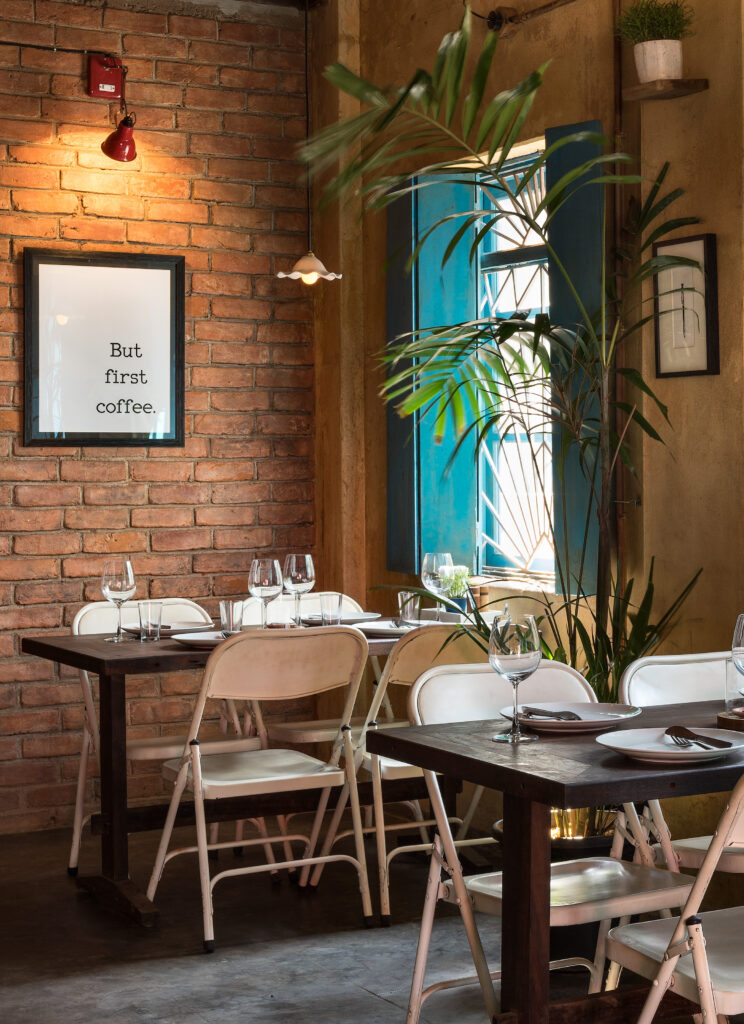
And then came the saxophone. One night, a musician played jazz, and the space came alive. “That was the missing piece,” Raya says. Now, The Rice Mill regularly hosts live jazz sessions, reinviting music, and memory, into its walls.
The Root of Nostalgia: Casa Caisua & Casa Morje
For Raya, heritage isn’t something to be fossilised, it’s meant to evolve. “I have never been a purist when it comes to heritage conservation and have never hesitated to make bold changes to a structure if modern-day use so requires it,” he says. “In fact, I advocate the need for conservation design to be progressive.”
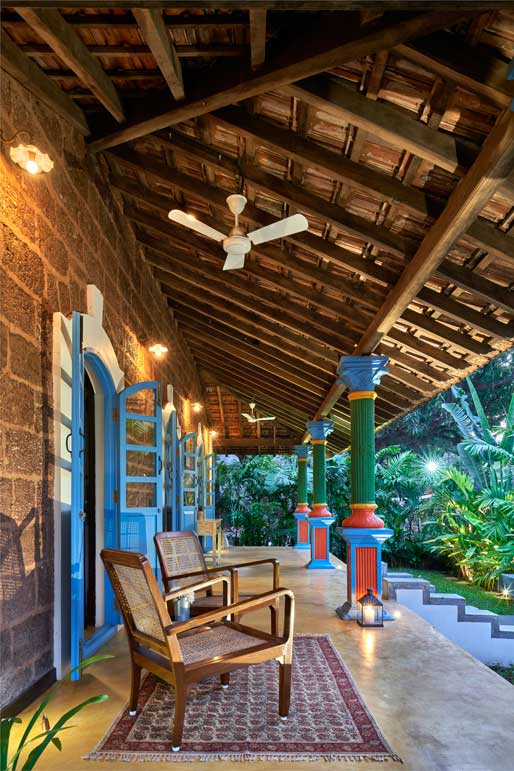
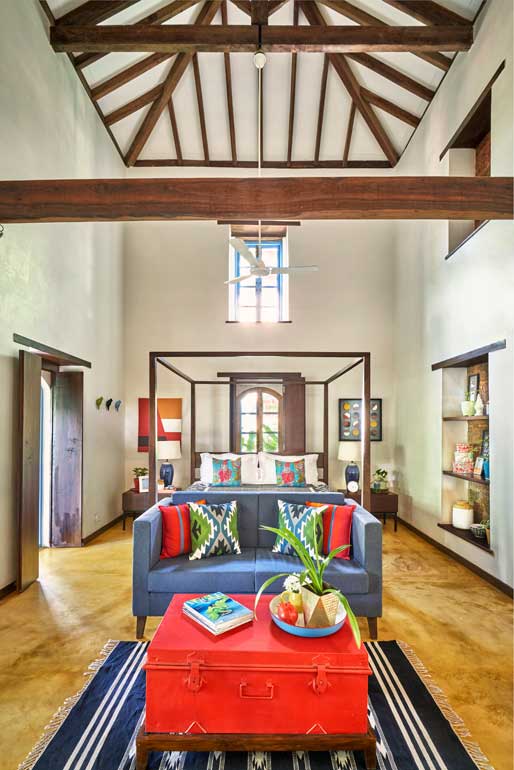
Casa Caisua is a fine illustration of this strategy, a 1900s home turned loft-style guesthouse. Its laterite stone exterior was left untouched, while the interiors were redesigned with minimalism and an open-to-sky shower. The patio and back pavilion act as serene transitions between indoors and out—a nod to Goa’s deep relationship with nature.
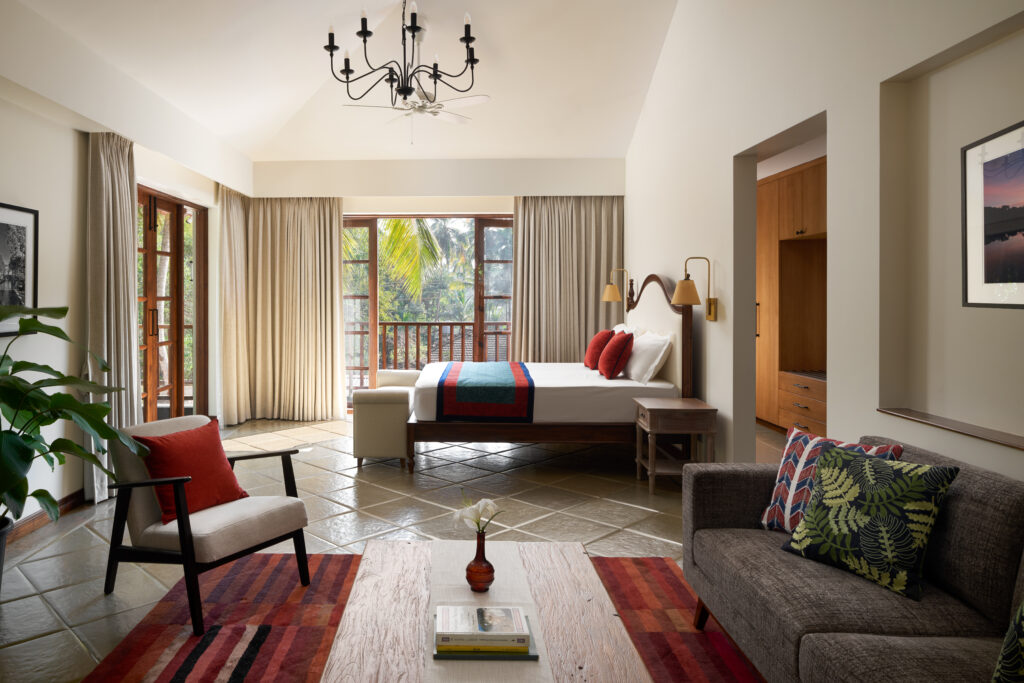
Similarly, Casa Morje, Morjim, is a fine example of Raya’s design philosophy of merging nature and design. A muted color palette and regional materials allow the building to blend into the greenery. “From the consciously designed façade to the intricately crafted interiors, each element is thoughtfully curated to enhance the spatial experience,” he explains.
Rhythm in the Routine: Avonshire Villas
While his conservation efforts possess a down-to-earth subtlety, a moredramatic rhythm can be found in Avonshire Villas in Assagao. An eight-villa gated community, it has a holiday-like exuberance but holds on to the cultural vocabulary of the village around it. Private pools, a richness of landscaping, and weather-responsive design provide comfort without concessions. And yet, Goa remains.
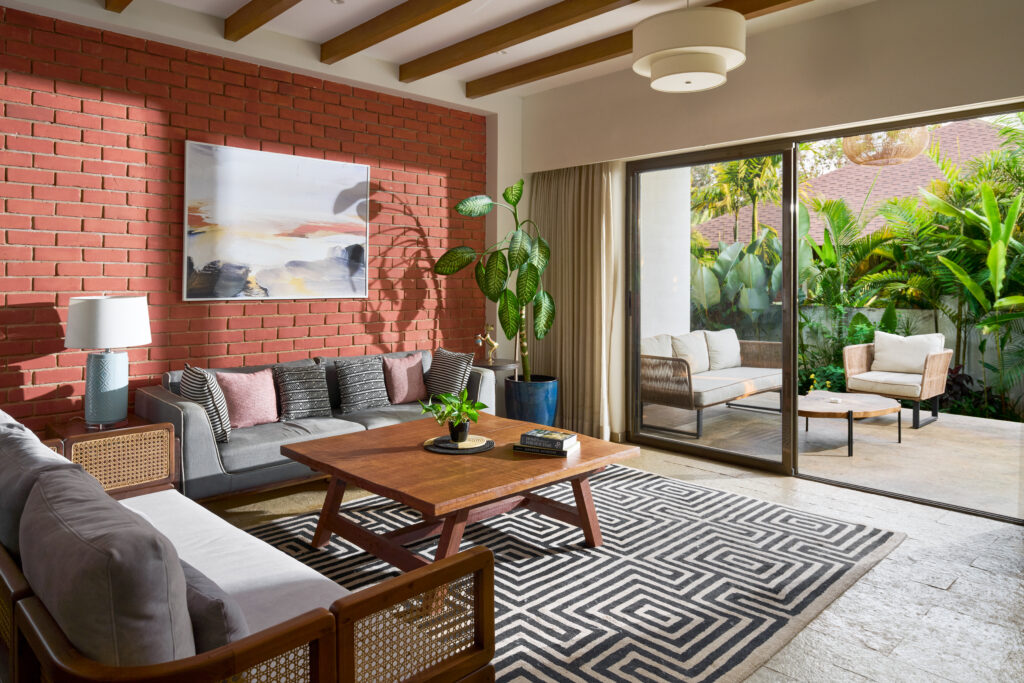
Goa as Muse
So much of Raya’s architecture reads like a love letter to Goa. “Goans achieved work-life balance many centuries ago,” Raya says, reflecting on the lifestyle that shaped him. “I reveled in this way of living… Never did the pressure or work steal the simple pleasures that life in Goa offered. My work reflects this unhurried and content nature of life in Goa.”
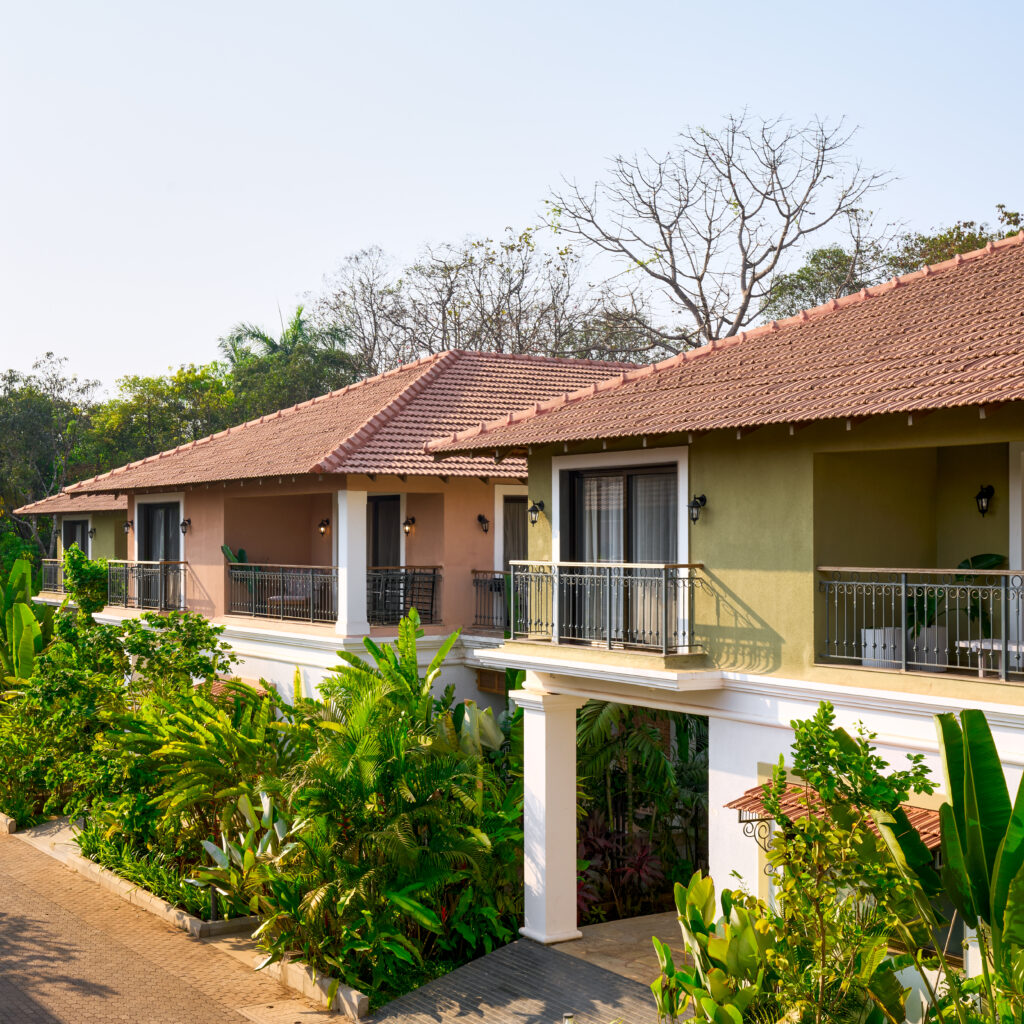
His is a language of slow design—thoughtful, rooted, and generous. And above all, intuitive. “Instinct plays a major role in my work; however, it is always carefully balanced with a very technically sound evaluation,” he says. Through his experience, he has developed the confidence to indulge in intuition while being rigorous.
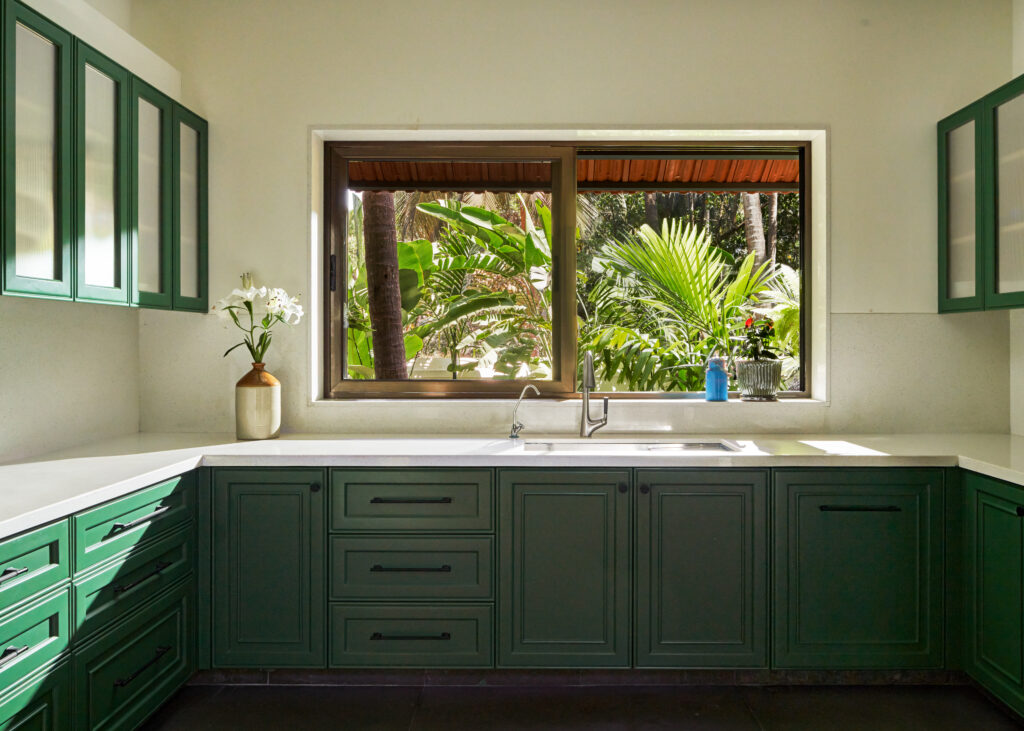
A Journey Made Organically
When I ask Raya if there was a defining moment that led him to architecture, he answers candidly: “It was very organic. At the end of my 12th grade, I clearly did not know enough about the profession; however, the fact that I did not have to write exams for every subject sold me this course.“
That honesty is why Raya is so invigorating. He never approached architecture in search of grandeur. He approached it in search of a life. And in doing so, he created spaces that allow others to discover theirs.
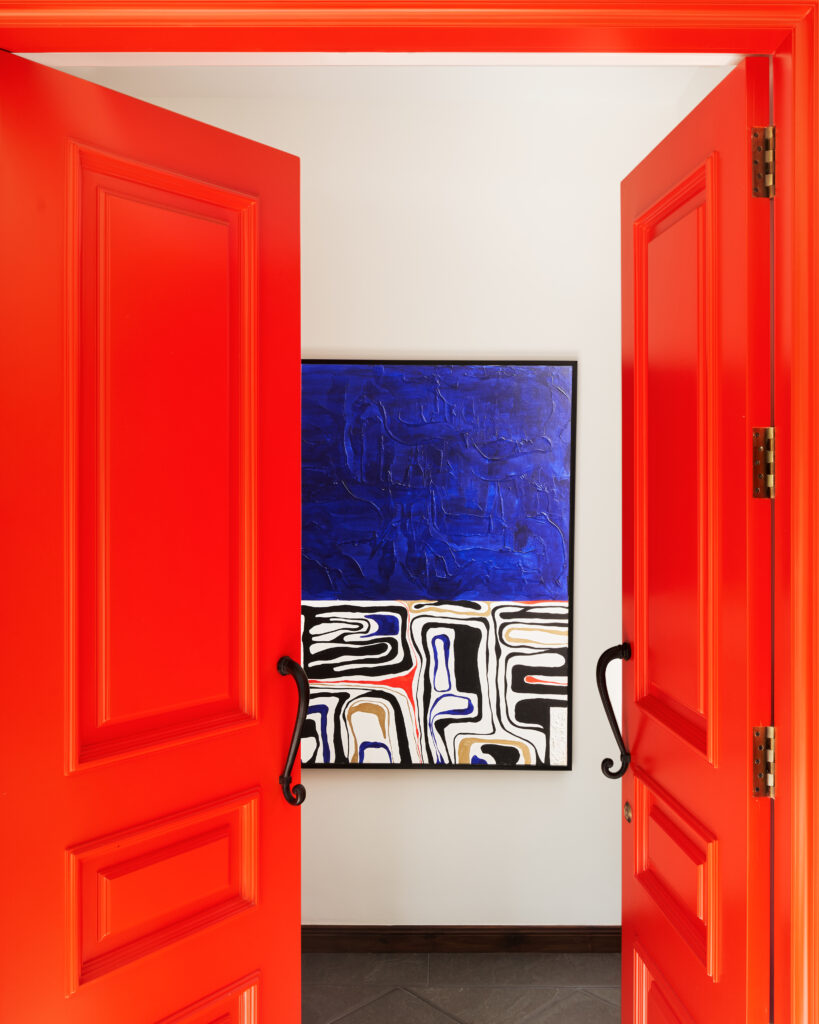
A Word to the Young
To aspiring architects today, Raya offers grounded wisdom. “India has a very rich architectural heritage, and there is a lot of building wisdom embedded in our vernacular heritage and indigenous ecological knowledge. Travel and explore the world, but don’t lose touch with your roots.“
Perhaps that’s the key to Raya Shankhwalker’s work. Rooted, yet changing. Sentimental, yet modern. Constructed not merely for the eye, but for the soul.












